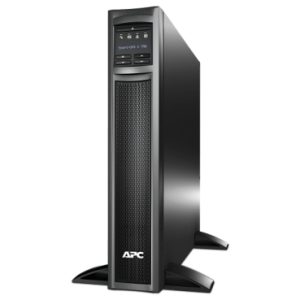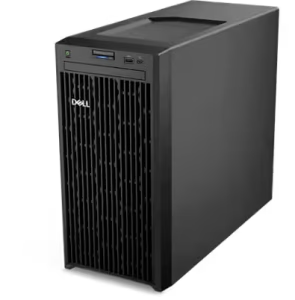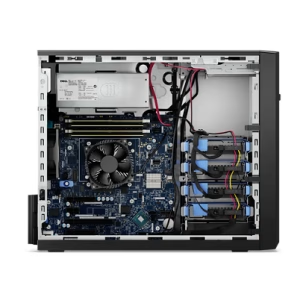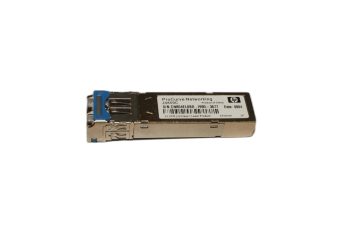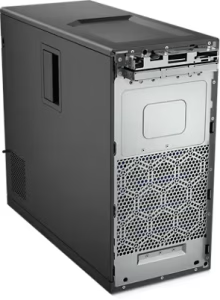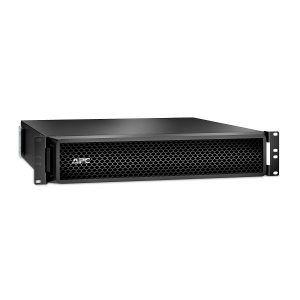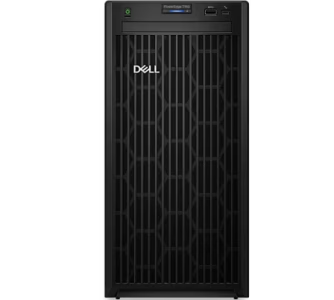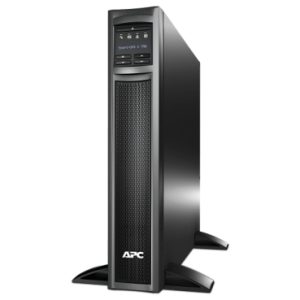compatible server parts
compatible server parts
Introduction: Why Compatibility is Non-Negotiable
In today’s fast-paced IT environment, downtime caused by incompatible server parts can result in serious business disruptions. Whether you’re managing an enterprise data center or a small business infrastructure, choosing compatible server parts—especially for brands like Dell, HP, and IBM—is essential to ensure performance, reliability, and system integrity.
1. Understand the Exact Server Model
Before purchasing any component, identify the full model name and number of your server. For example, Dell PowerEdge R740 or HP ProLiant DL380 Gen10. Each model has unique hardware configurations that dictate which parts will work properly.
🛠 Pro Tip:
Find this info on the server’s physical label, BIOS, or system diagnostics tool.
2. Use Manufacturer Part Numbers (P/N)
Every server part—be it a processor, RAM, power supply, or hard drive—has a specific part number. These P/Ns are critical for matching components to their compatible server models.
✅ Example:
An HP Smart Array controller with P/N 875241-B21 is compatible with Gen9 and Gen10 ProLiant servers.
compatible server parts
3. Reference the Server’s Technical Documentation
Dell, HP, and IBM provide official documentation and compatibility guides. These contain approved upgrade paths and part specifications tailored to your server.
🔍 Helpful Resources:
4. Choose Reputable Vendors for Verified Parts
Always buy server parts from trusted suppliers who specialize in enterprise hardware. Vendors like ServerPartsS.com provide certified new and refurbished parts guaranteed to be compatible and tested.
🛡 Why This Matters:
Cheap or generic parts may work initially but can cause system errors or fail prematurely.
compatible server parts
5. Cross-Verify with Configuration Tools
Use vendor tools like Dell’s System Builder, HPE’s iLO Configuration Utility, or IBM’s Configurator to simulate system upgrades and ensure compatibility.
🧩 Also Consider:
- DIMM type and speed (e.g., DDR4 ECC Registered)
- Power supply wattage and connectors
- Drive form factors (2.5″ vs 3.5″, SAS vs SATA vs NVMe)
compatible server parts
6. Consult IT Professionals or Support Teams
When in doubt, speak directly with support teams or certified IT technicians. They can recommend the best parts for your specific performance, scalability, and budget needs.
Conclusion
Choosing compatible server parts isn’t just about matching specs—it’s about ensuring reliability, efficiency, and future-proofing your infrastructure. By taking a methodical approach to compatibility—especially for major brands like Dell, HP, and IBM—you reduce the risk of errors and extend the life of your server systems.

